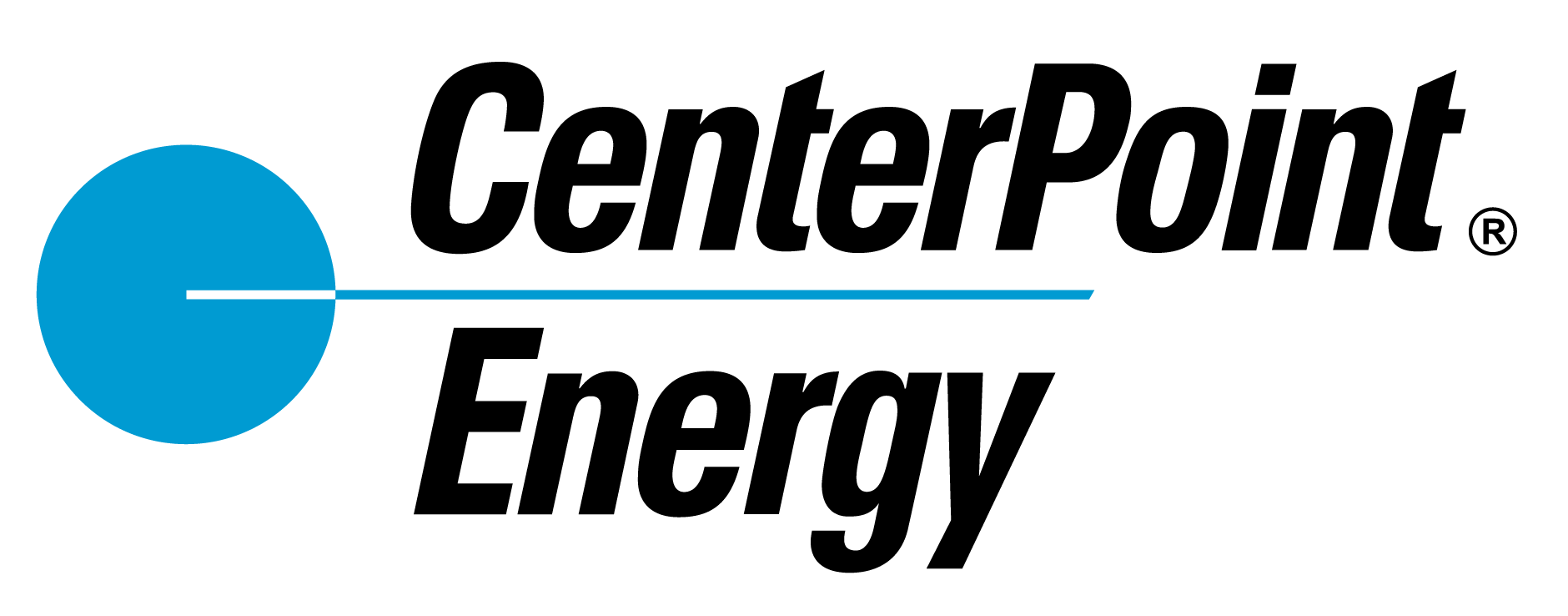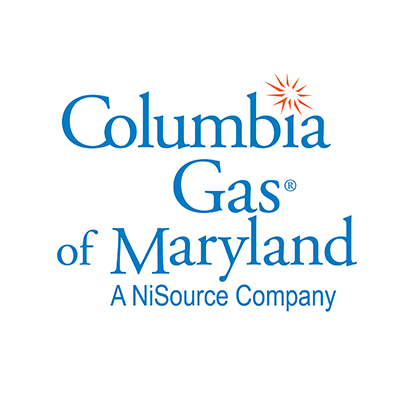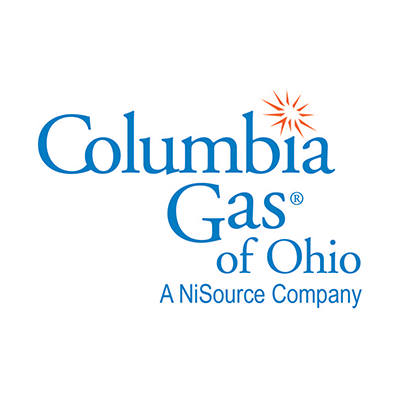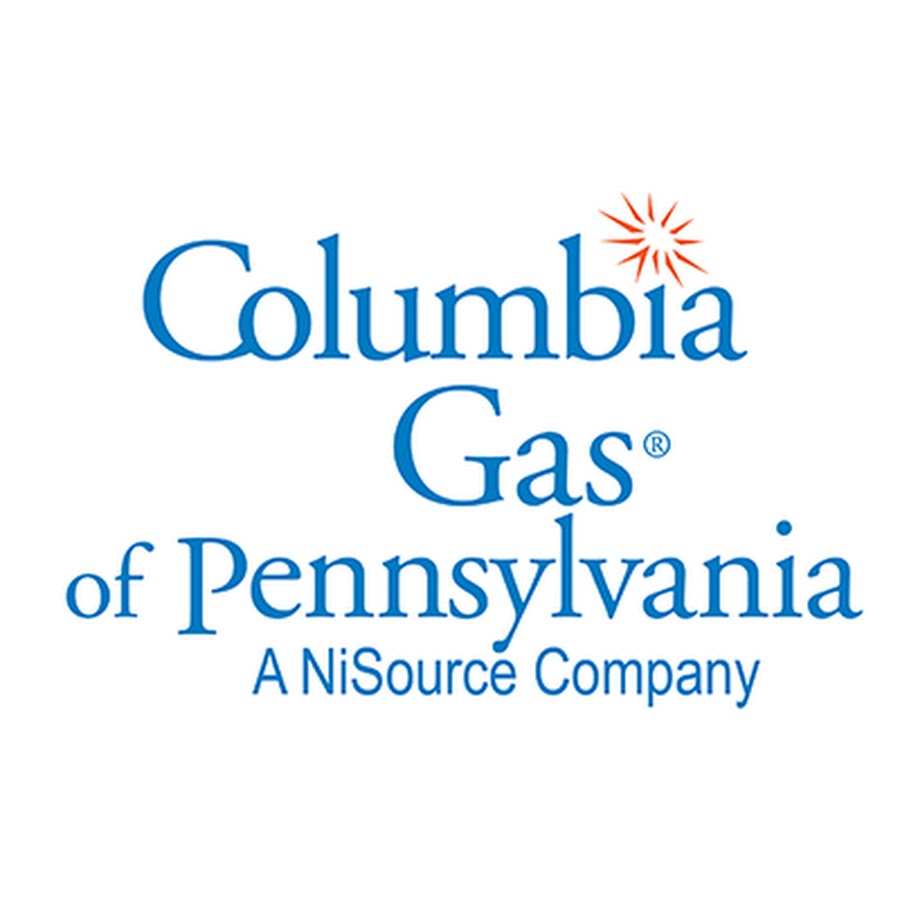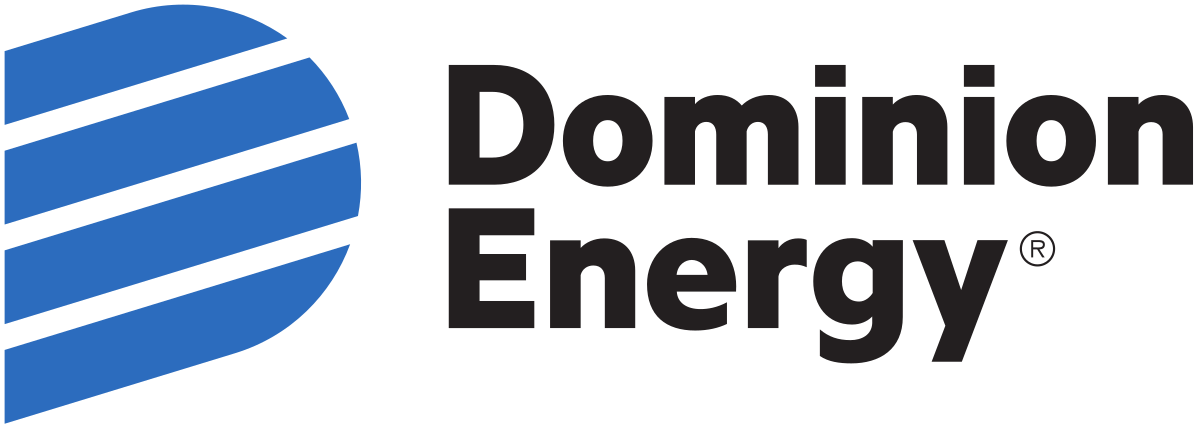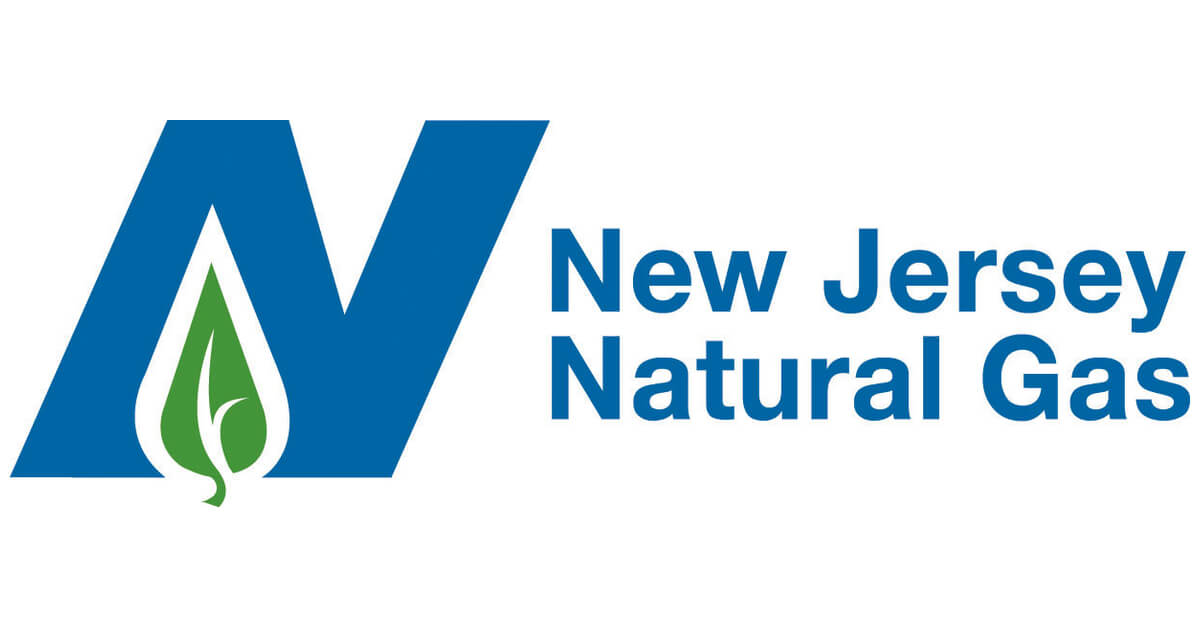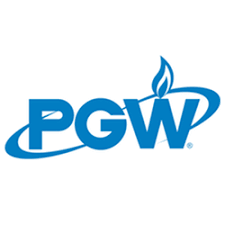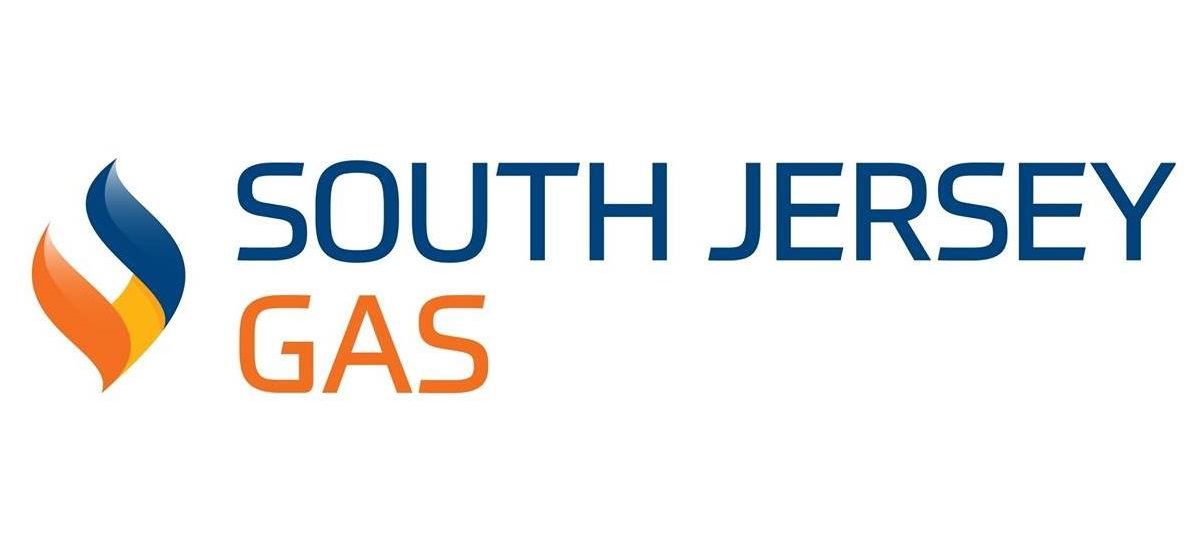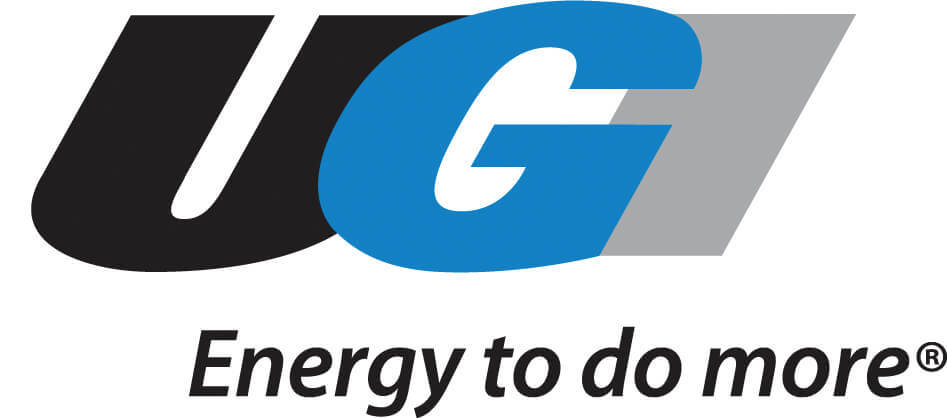
Natural Gas Supply
Natural gas remains the backbone of energizing society, from the flames warming our homes to the turbines spinning at power plants. This potent fuel forged over millions of years beneath the earth promises to retain a pivotal role as we transition to a sustainable future. However, delivering natural gas from distant wells to local neighborhoods is intricate. It involves extensive infrastructure and coordinated operations on an enormous scale.
This article aims to present the journey of natural gas across its supply chain, focusing on the contributions of service companies like New Wave Energy that are contributing to the current energy marketplace. Prices fluctuate based on market volatility, and this article seeks to explain pricing structures that often confuse consumers.
It also aims to decode how innovations, from renewable gas to hydrogen blending, unleash cleaner and more imaginative natural gas solutions. Readers can expect to gain an invaluable perspective on natural gas and the vital role of suppliers like New Wave Energy in channeling this crucial energy source to fuel everyday life.
Understanding Natural Gas Supply
- Extraction and Processing:
Technologies like hydraulic fracturing fracture tight shale formations. This is to extract natural gas from underground reservoirs to enable its flow to the surface. Horizontal drilling also provides greater access to gas deposits. Once extracted, the raw natural gas composition consists of methane and several other hydrocarbons like ethane, propane, butane, and impurities.
The gas undergoes processing to remove contaminants such as water, sulfur compounds, and carbon dioxide. This results in the production of pipeline-quality dry natural gas. Methods like absorption using liquids, adsorption using solid adsorbents, and cryogenic distillation involving frigid temperatures are utilized for impurity separation.
Sophisticated membrane systems also play a crucial purification role. Ensuring natural gas meets purity specifications is critical before flowing through transmission pipelines to distribution networks serving end-use customers.
- Transportation and Distribution:
The transmission system of large pipelines transports natural gas at high pressures across states and regions. This 300,000+ mile network of pipelines branches out from producing areas. It is essentially like an interstate highway for natural gas.
There are compressor stations powered by natural gas situated along the pipelines. They act like pumps to keep the gas constantly pressurized as it travels. The pipeline network brings natural gas from supply basins to storage facilities and distribution hubs near consumer areas.
Distribution centers then reduce pressure for natural gas transportation through utility mains and service lines, reaching end-users such as homes and businesses. Coordination between pipeline operators, utilities, and independent suppliers is essential for stable delivery across infrastructure assets. This synergy is especially vital in meeting winter peak demand. In addition, advanced monitoring using inline inspection tools improves pipeline safety and integrity.
Why Choose New Wave Energy for Natural Gas?
New Wave Energy utilizes cumulative buying power to negotiate competitive rates from suppliers and hedge against volatile spot market prices. Our portfolio includes:
- Variable rate plans.
- Allowing flexibility to adjust to market shifts alongside fixed-rate plans.
- Locking in low prices for longer terms.
New Wave Energy prides itself on 5-star customer satisfaction scores through all the call centers assisting customers nationwide. We make switching suppliers hassle-free using 100% digital enrollment and account management. Additional value-added solutions like high-efficiency equipment upgrades and renewable energy plan options provide consumers with customized solutions.
The Crucial Role of Suppliers in Deregulated Markets
Market liberalization has expanded suppliers' role from mere procurers to sophisticated value creators. These suppliers now anticipate demand shifts for their customer portfolio and purchase natural gas supply through short- and long-term contracts.
Retail suppliers hedge risks by striking a balance between fixed price stability and the potential savings of floating prices. Many large suppliers enhance reliability and affordability by owning storage facilities, using financial derivatives, and applying weather analytics for demand modeling.
Suppliers in deregulated markets offer innovative pricing structures and incentive programs to cater to specific user groups based on consumption patterns. This thereby, creates retail choice on the consumer front.

